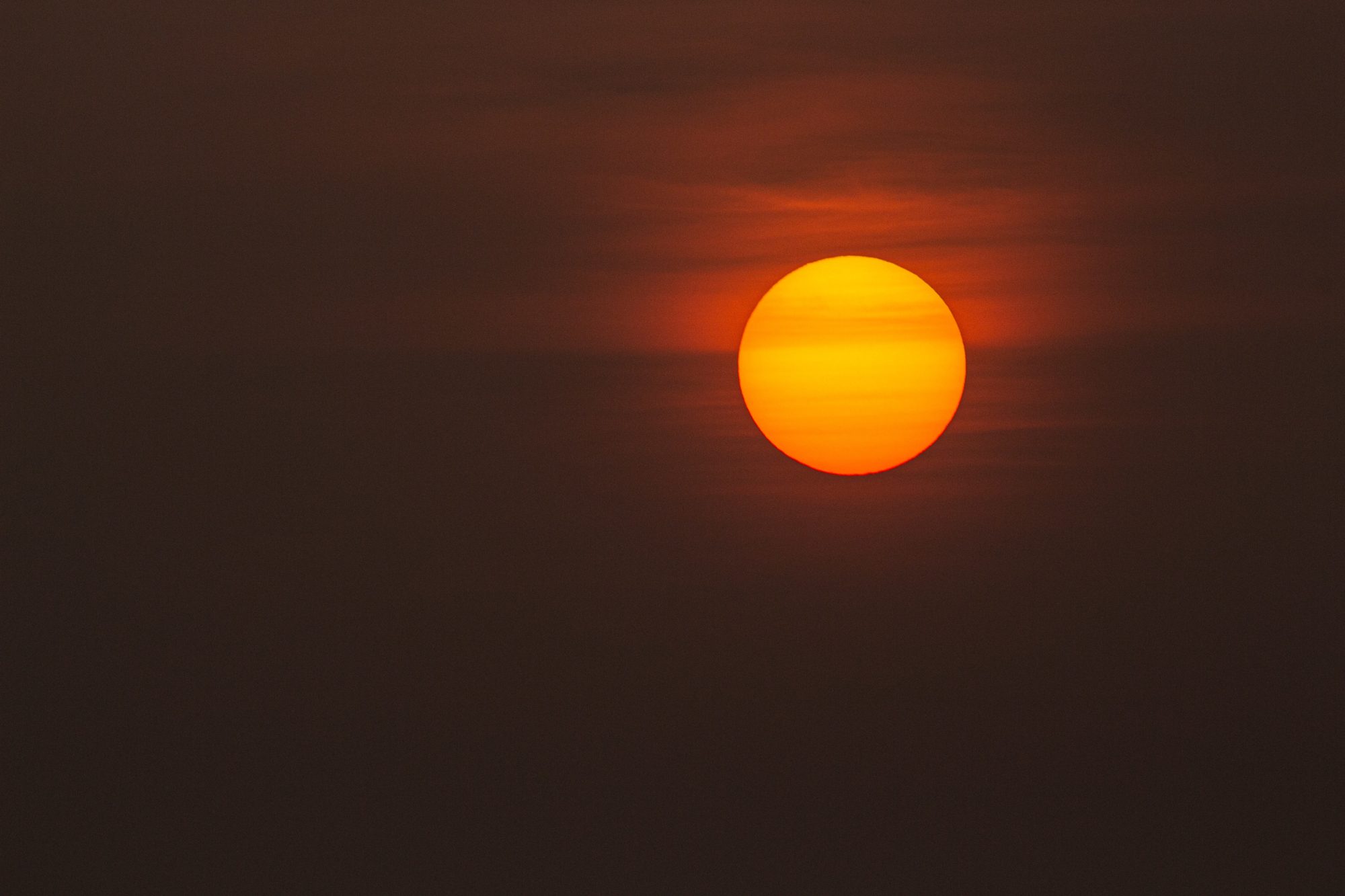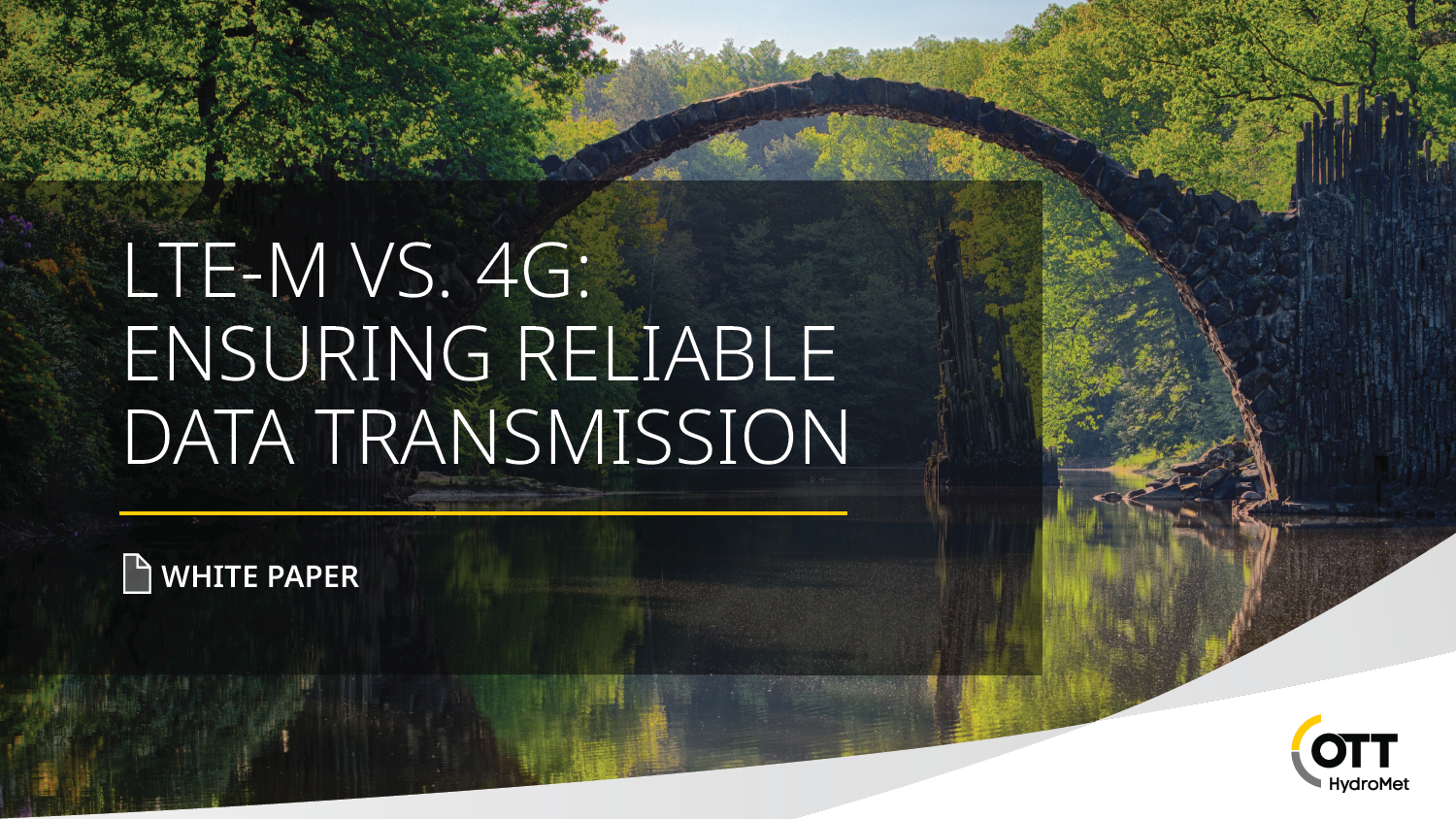The ozone layer above Earth can be compared to an umbrella which protects us from the rain. But there’s a hole in the umbrella, and we are slowly but surely getting wet. At first it’s just a little, then more and more until at some point we will be completely in the rain. The ozone layer exists between 14 and 35 kilometers above our planet. It’s our shield against the sun’s very high energy and ultraviolet rays. If these rays struck Earth unprotected, no life would be possible on the planet. They are so strong that even microorganisms would be killed.
This ozone layer is vital to us, but it’s becoming increasingly thinner. Scientists and researchers have been observing this for decades. And the blame lies squarely with us. One of the main destructive factors of the ozone layer is the substances known as chlorofluorocarbons (CFCs). For years this harmful gas was pumped into the atmosphere without anyone knowing how destructive it was. CFCs have long been in use in refrigerator coolants and aerosol propellants. When these gases rise into the atmosphere, their molecules mix with the ozone layer and attack it, until it is slowly destroyed.
Measuring solar radiation with pyranometers
What does this mean for us? The ozone hole is especially pronounced over Australia, New Zealand and Antarctica. The ultraviolet radiation carries an increased risk of developing skin cancer. Anyone who wants to spend the summer in Australia and New Zealand outdoors must be protected from the blazing sun with a sun hat, long pants, long-sleeved shirts and highly effective sunscreen with UV blockers. It’s still unclear if or when the ozone hole might close on its own. According to NASA, the substance is to be restored before the thinning over the South Pole in 2068. In contrast, estimated the World Meteorological Organization in 2006 that the ozone layer over Antarctica need up to 2060 till 2075 to reach a condition of pre-1980 again.
Lufft develops and produces pyranometers, which enable accurate measuring of solar radiation. Pyranometers are mainly installed in compact weather stations like the WS301-UMB or WS501-UMB, and they can provide accurate readings of the sun’s irradiance. This makes it possible to accurately observe any changes in solar radiation in a particular area. With the help of pyranometers, forecasts can also be made of how the ozone layer might change in different places in the future.
Further reading
- Calibrating pyranometers – Kipp & Zonen
- Solar Energy Monitoring Standards – Kipp & Zonen
- Solar Knowledge Microlibrary – Kipp & Zonen



